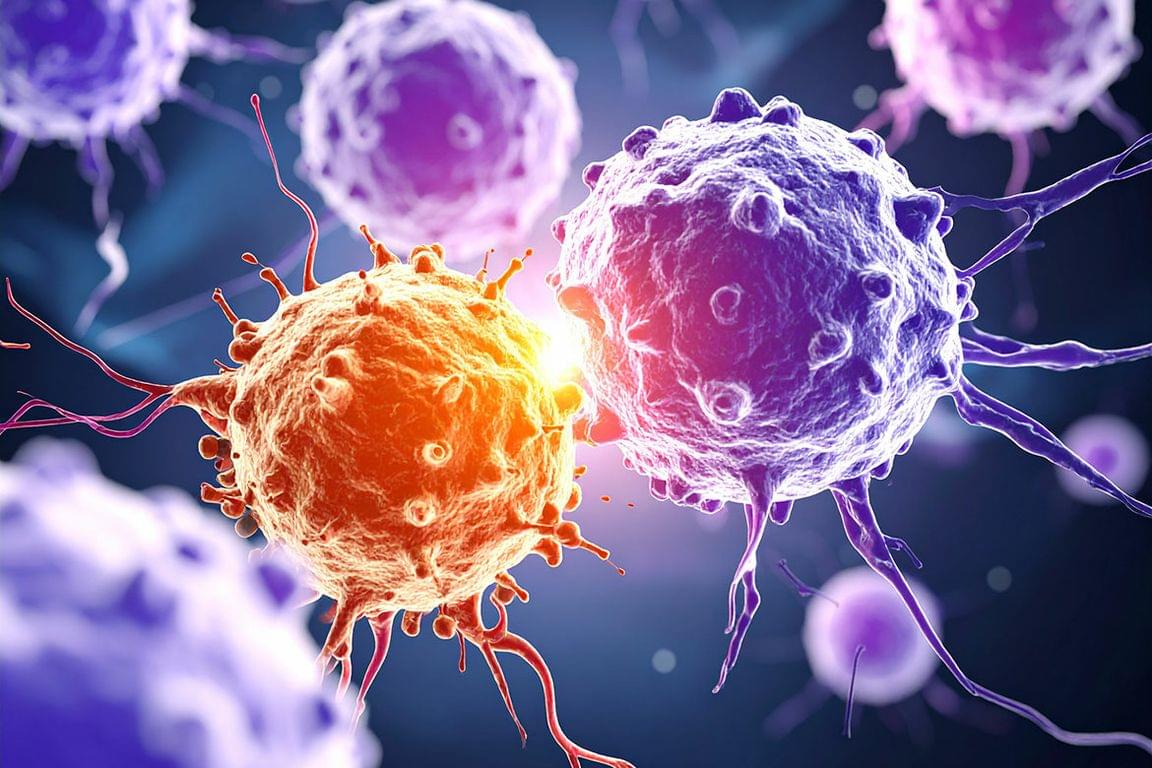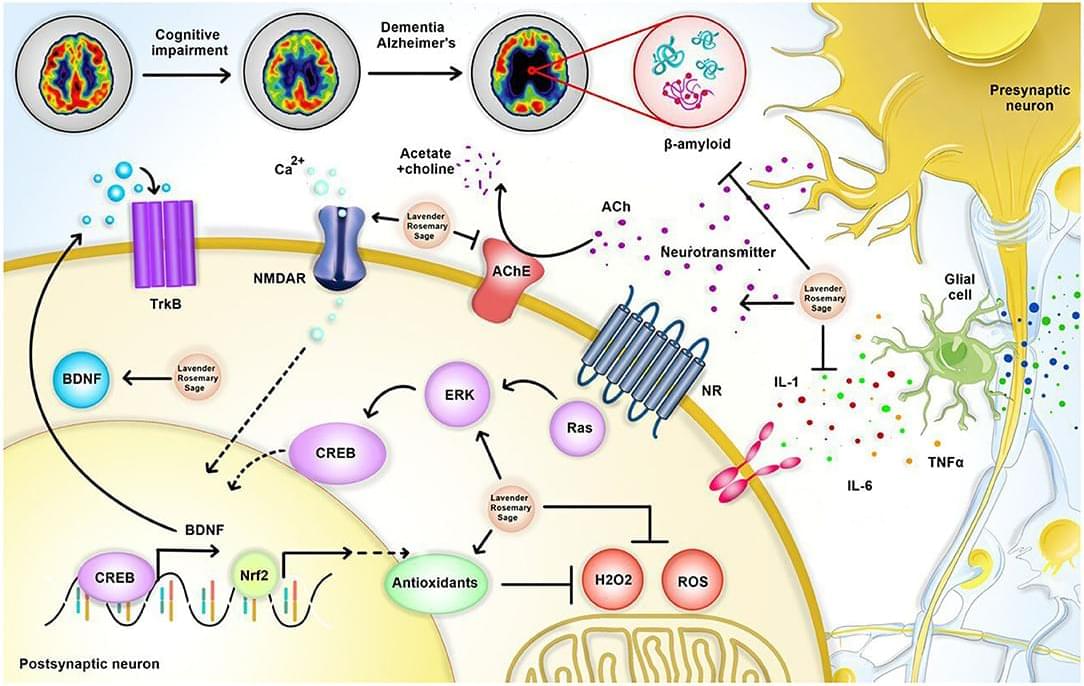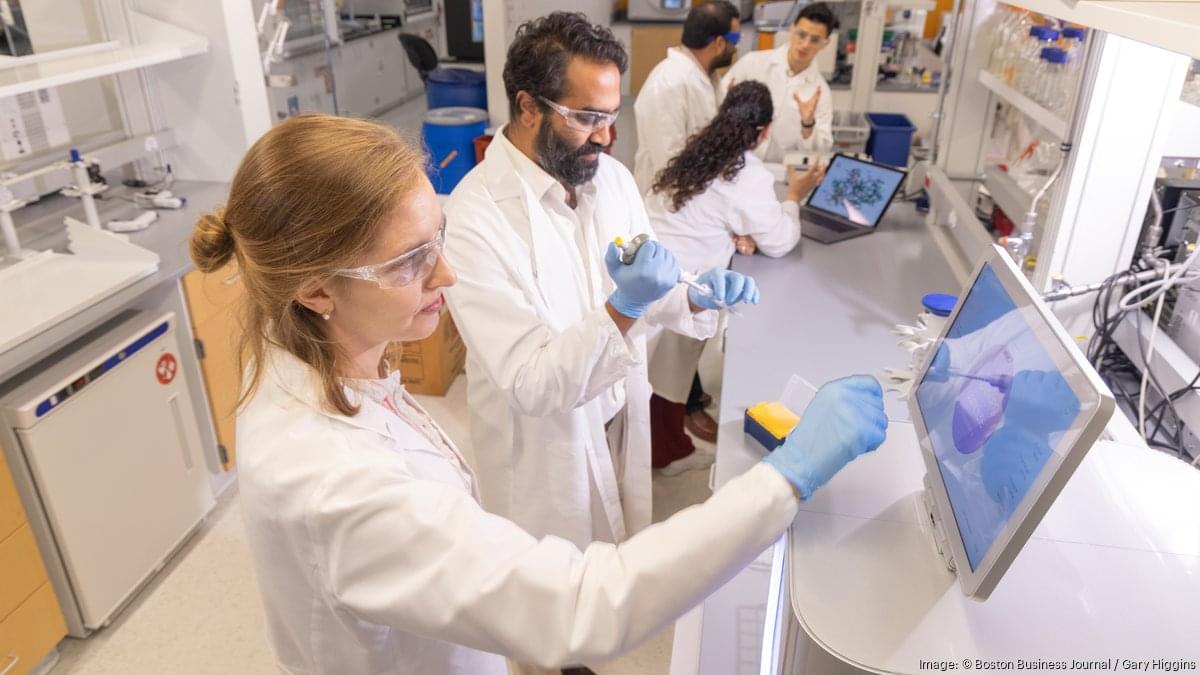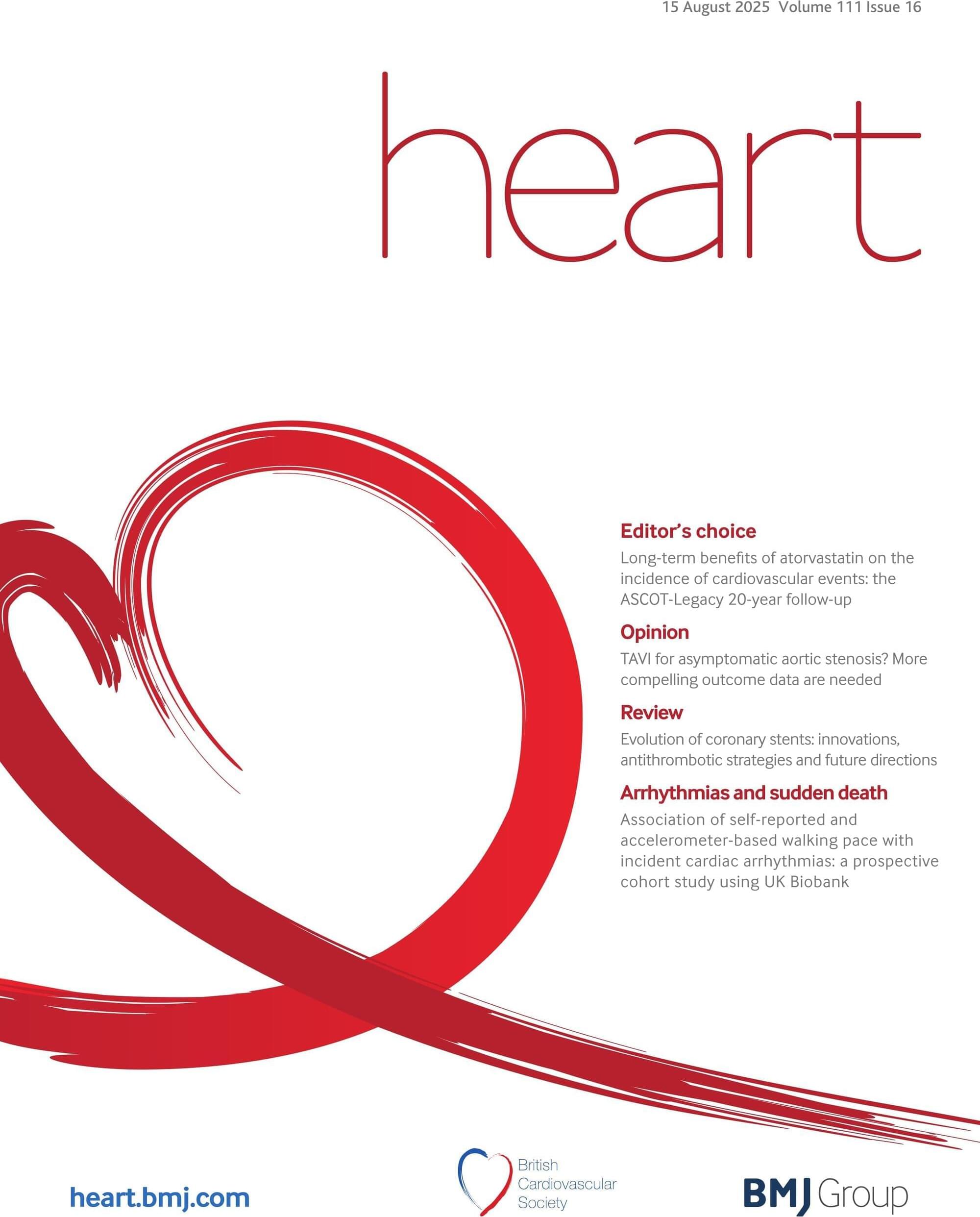Researchers are working to launch a first-in-human clinical trial to test the approach.



Hundreds of millions of people around the world suffer from neurological disorders or have experienced them intermittently, which has significantly reduced their quality of life. The common treatments for neurological disorders are relatively expensive and may lead to a wide variety of side effects including sleep attacks, gastrointestinal side effects, blood pressure changes, etc. On the other hand, several herbal medications have attracted colossal popularity worldwide in the recent years due to their availability, affordable prices, and few side effects. Aromatic plants, sage (Salvia officinalis), lavender (Lavandula angustifolia), and rosemary (Salvia Rosmarinus) have already shown anxiolytics, anti-inflammatory, antioxidant, and neuroprotective effects. They have also shown potential in treating common neurological disorders, including Alzheimer’s disease, Parkinson’s disease, migraine, and cognitive disorders. This review summarizes the data on the neuroprotective potential of aromatic herbs, sage, lavender, and rosemary.
A neurological disorder is described as any condition that results in functional or structural damage to the nervous system. Neurological disorders account for the second main cause of death globally and the first main cause of disability as they typically cause cognitive impairment or sensorimotor dysfunction leading to reduced quality of daily life. Due to the high mortality and morbidity rate of neurological disorders, preventive and therapeutic strategies are crucial. The conventional medications administered for treating neurological disorders are associated with different adverse events; hence, the possible therapeutic effects of natural products on neurological conditions have been addressed by many researchers in the recent years (Ahmadi et al., 2022). A variety of herbal medications have gained the attraction of researchers in the last decade, due to their availability, lower price, and rare side effects (Abdel-Aziz et al., 2016).
Aromatic herbs such as sage (Salvia officinalis), rosemary (Salvia Rosmarinus), and lavender (Lavandula angustifolia) have shown promising neuroprotective effects in the recent studies (Kashani et al., 2011; Jamison, 2012; Jemia et al., 2013; Alvi et al., 2019; Mohseni et al., 2020; Caputo et al., 2021). Salvia Rosmarinus is an evergreen herb that belongs to the Lamiaceae family. Salvia Rosmarinus naturally grows in dry scrub and rocky areas in the Mediterranean regions of southern Europe to western Asia and has potential antibacterial, antifungal, antioxidant, and anti-inflammatory features (Leporini et al., 2020). The therapeutic effects of Salvia Rosmarinus on a variety of cognitive disorders such as Parkinson’s disease, neuroblastoma, glioblastoma, and epilepsy have been suggested (Park et al., 2008; de Oliveira et al., 2016; Giacomelli et al., 2016; El Alaoui et al., 2017; Yildirim and Kitis, 2020). Lavandula angustifolia is a well-known aromatic herb in the Lamiaceae family.

We developed a robust epigenetic clock to estimate age from two wild polar bear subpopulations using blood samples. There was a correlation between epigenetic (DNAm) and chronological age throughout the polar bear lifespan. Polar bears in the wild have a lifespan of approximately 25 years (Rode and Stirling 2018), thus the clock estimates age to ±3% of the polar bear lifespan, although we caution that age estimates may be less accurate for older individuals. Advantages to this method include obtaining more accurate age estimates compared to cementum annuli-derived ages and leveraging samples likely already routinely collected (e.g., blood, tissue) during capture, as opposed to pulling teeth. Further, archived samples or previously extracted DNA may be used for DNAm analysis, extending the value of existing samples and saving money on DNA extraction costs. Our results complement other polar bear clocks (Newediuk et al. 2024, 2025) and provide additional support for the use of DNAm methods to estimate the age of wild mammals (De Paoli-Iseppi et al. 2017).
Our DNAm method estimates polar bear age with a MAE of 0.75 years. In contrast, accuracy of cementum annuli for aging polar bears to within 1 year of actual age has ranged from 32% to 75% (Calvert and Ramsay 1998 ; Christensen-Dalsgaard et al. 2010 ; Hensel and Sorensen 1980). Cementum annuli age estimates are less accurate when made by less experienced observers (Christensen-Dalsgaard et al. 2010 ; Hensel and Sorensen 1980 ; McLaughlin et al. 1990) and can vary between laboratories by 10 years (Christensen-Dalsgaard et al. 2010). For example, in one lab, multiple female polar bears were aged at ~10 years, while a second laboratory aged them at 20 years old (Christensen-Dalsgaard et al. 2010). Our method removes these sources of error. We do, however, acknowledge a potential source of technical error, given that all but three of the tooth-aged samples were run on one plate, and the majority of our known age samples were run on another plate.

Health officials are sending a warning to residents in Gulf Coast states after eight people are dead from the flesh-eating bacteria called Vibrio vulnificus.
On Thursday, July 31, the Louisiana Department of Heath confirmed 17 cases of the flesh-eating bacteria this year, all of which resulted in hospitalizations. Additionally four cases resulted in death. About 75% of those cases were due to wound infection via seawater.
Additionally, the Florida Department of Health confirmed 13 cases and four deaths from Vibrio this year. Both Mississippi and Alabama have also reported single cases, neither fatal.

Surgeons at The Johns Hopkins Hospital have performed the world’s first total penis and scrotum transplant.
The patient suffered a devastating injury several years ago from an improvised explosive device while serving in Afghanistan. He is now recovering at the hospital after the 14-hour procedure in late March, which repaired his abdominal wall, gave him a new scrotum and attached a donor penis.
“We are optimistic he will regain near-normal urinary and sexual functions,” said W. P. Andrew Lee, director of plastic and reconstructive surgery at the Johns Hopkins University School of Medicine.

Background False cardiac troponin (cTn) elevations from non-cardiac causes are a major concern. We aimed to assess terminal renal failure as a possible non-cardiac cause of elevated high-sensitivity cTnT (hs-cTnT) concentrations using renal transplantation as an in vivo model of rapid restoration of renal function.
Methods We analysed consecutive patients with end-stage renal disease (ESRD) undergoing renal transplantation at a single centre. Patients with perioperative myocardial infarction or injury were excluded. Changes in hs-cTnT and creatinine were measured pretransplant and at four post-transplant intervals (day 1, days 2–5 and days 14–180). A decrease of ≥25% in hs-cTnT within 24 hours post-transplant was deemed evidence of renal clearance recovery.
Results Among 45 patients (median age 67 years, 31% women), the median pretransplant plasma creatinine concentration was 608 μmol/L (IQR 482–830), and fell to 425 μmol/L (IQR 337–619) on day 1289 μmol/L (IQR 201–492) on days 2–5 and 126 μmol/L (IQR 103–191) on days 14–180 (p0.001, p0.001 and p=0.003, respectively). The median pretransplant hs-cTnT concentration was 48 ng/L (IQR 34–70). It fell to 26 ng/L (IQR 15–38; geometric mean of relative change 36%) on day 1 (p0.001) and then remained constant on days 2–5 (26 ng/L (IQR 18–35)) and days 14–180 (25 ng/L (IQR 20–30), p=ns).
The ER-100 drug candidate reverses aging in mice, and David Sinclair says human trials start soon. Is this a magic pill for aging? Dr. Aubrey de Grey discusses the latest advances in life-extension research.
Our story begins on X, where user “rand_longevity” wrote, “Aging will be reversible in humans within 8 years”, to which Dr. David Sinclair replied, “8 years? After successful non-human primate trials, human age reversal trials are set to begin in 6 months”, later naming the ER-100 drug candidate.
Life Biosciences ER-100 drug candidate leverages partial epigenetic programming using 3 of the 4 Yamanaka factors to promote cellular rejuvenation to a younger state without the loss of cell identity. They believe this will help prevent or reverse age-related diseases at a root level — but they’re not the only organization pursuing life-extension research.
Dr. de Grey’s own research has focused primarily on accumulated side effects from metabolism, embodied in the title of his 1999 book, “The Mitochondrial Free Radical Theory of Aging”.
Dr. de Grey is well-known as one of the top gerontology and life-extension scientists in the world, and his own work has also been successful in extending the lifespan of lab animals. In this program, he discusses his work and some of the key elements of living a longer, healthier life.
DISCLAIMER: This program is a discussion is about ongoing scientific research, and is NOT providing medical advice. Please consult your doctor before starting any supplements, beginning an exercise routine, or undertaking lifestyle changes.

A new artificial intelligence (AI) tool could make it much easier—and cheaper—for doctors and researchers to train medical imaging software, even when only a small number of patient scans are available.
The AI tool improves upon a process called medical image segmentation, where every pixel in an image is labeled based on what it represents—cancerous or normal tissue, for example. This process is often performed by a highly trained expert, and deep learning has shown promise in automating this labor-intensive task.
The big challenge is that deep learning-based methods are data hungry—they require a large amount of pixel-by-pixel annotated images to learn, explained Li Zhang, a Ph.D. student in the Department of Electrical and Computer Engineering at the University of California San Diego. Creating such datasets demands expert labor, time and cost. And for many medical conditions and clinical settings, that level of data simply doesn’t exist.